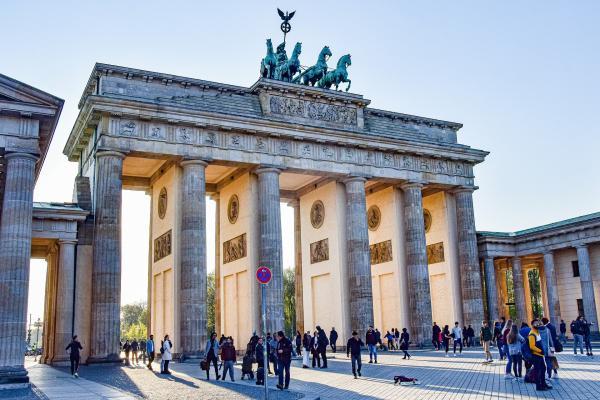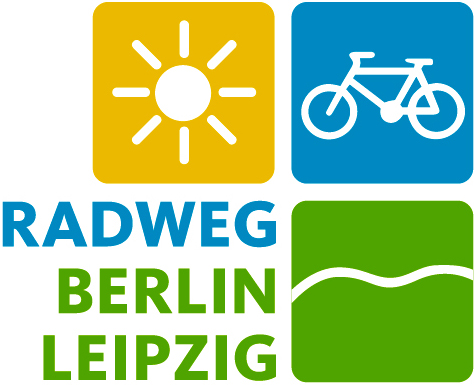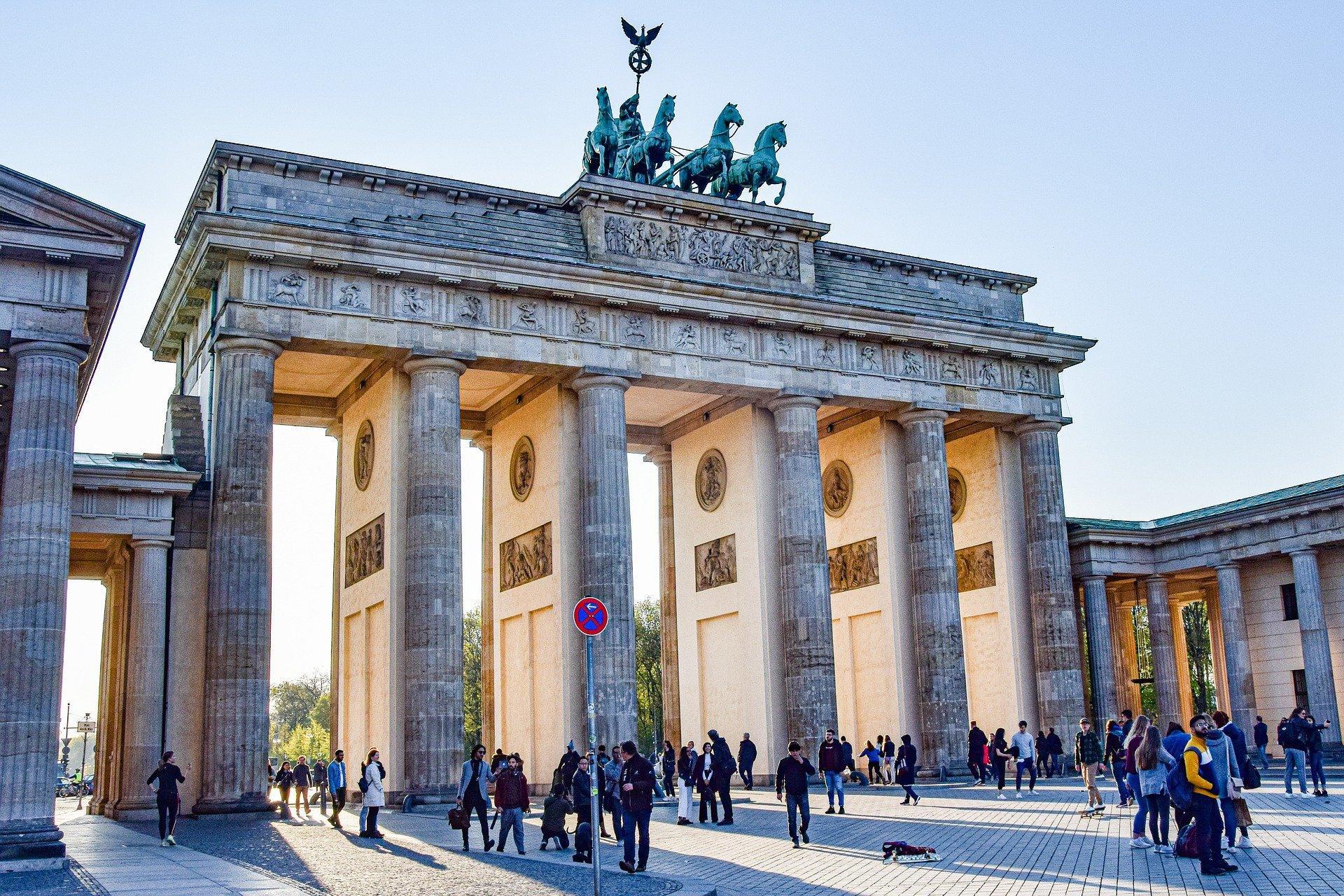Brandenburg Gate
No visit to Berlin without the Brandenburg Gate! Berlin's landmark can tell you so much about the city's eventful history.
The Brandenburg Gate in Berlin is one of the city's most important landmarks. The only remaining city gate in Berlin, which once stood for the division of the city into East and West, has been a symbol of German unity since the fall of the Berlin Wall. The sandstone building is also one of the most beautiful examples of German classicism.
History of the Brandenburg Gate
The Brandenburg Gate was built from 1788 to 1791 according to plans by Carl Gotthard Langhans at the request of the Prussian King Frederick William II and is modeled on the gate buildings (Propylaea) of the Athenian Acropolis. Six Doric columns on each side are placed in front of the eleven-meter-deep crossbeams.
Its history reflects the highs and lows of German history.
The Brandenburg Gate in the GDR
Since the division of Germany and the construction of the Wall in 1961, the Brandenburg Gate in East Berlin has stood in a restricted area, with the Berlin Wall running in an arc around the gate on the western side, making it a memorial to the division of Germany.
When Ronald Reagan gave a speech directly at the Wall in 1987, he said "Mr. Gorbachev, open this gate! Mr. Gorbachev, tear down this wall!"
Two years later, 100,000 people accompanied the official opening of the Brandenburg Gate on December 22, 1989 - and celebrated the first New Year's Eve together here shortly afterwards. Since then, the symbolism has also changed: Today, the Brandenburg Gate stands for a reunited Germany like almost no other landmark.


